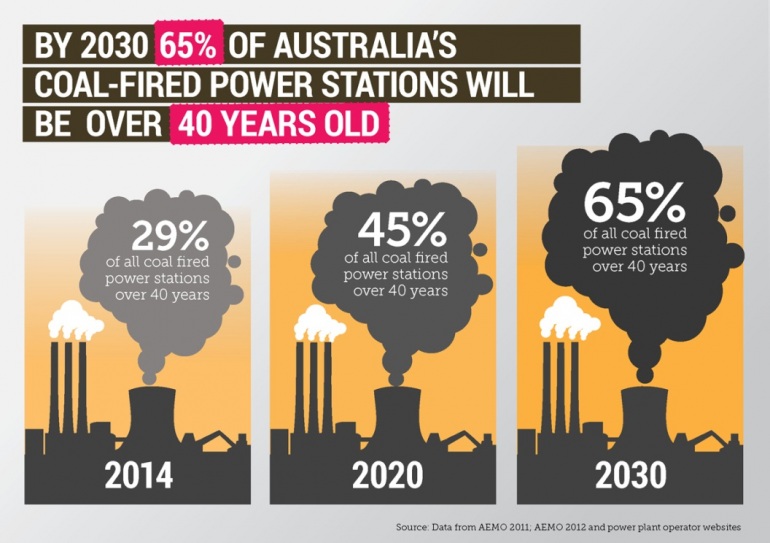Warburton - why buy an iPhone when your Nokia still works?
The emerging rationale for why the Renewable Energy Target (RET) must be pared back is because we’ve already got more than enough power stations to meet electricity demand so why encourage any more from renewable energy sources. We don’t need it apparently so time to close the shop for renewable energy power according to the Government review of the RET led by Dick Warburton.
If this is not politically feasible then the Warburton RET Review argues that even if electricity demand were to start growing again, we should only add one extra unit of renewable energy for every two units of additional electricity demand.
As explained on Friday this huge oversupply argument is a bit of an exaggeration once you consider that in 2015 new LNG plants will suck away a very large proportion of the fuel required to run the gas power stations in NSW and Queensland (except at exhorbitant cost).
But putting this aside, let’s consider whether oversupply of capacity is really such a bad thing.
To help appreciate this, did you ever notice a few years ago how perfectly functional and, even, relatively new cathode ray televisions would end up abandoned on the front verges of people’s homes?
In the end, a large proportion of people didn’t want to wait until their cathode ray television had worn out before replacing it with a bigger screen flat TV that took up less space in their living room.
Markets going through major technological transitions must always experience a disruptive period of oversupply where the old obsolete technology is left redundant by the emerging new substitute technology. Even though the old technology might still be perfectly functional, we choose to buy the new alternative because it’s demonstrably better.
Yet according to the Warburton Review’s logic, governments should never have built roads for motor vehicles because there was plenty of available railway capacity.
To bring this back to the case at hand – one needs to recognise that Australia’s coal-fired power stations emit carbon pollution per unit electricity at levels twice that of the OECD’s average power supply.
Not only that but, as the infographic below details, these power stations aren’t even close to new – unlike those cathode ray televisions left on the side verge. Nearly a third of coal power stations are already over 40 years old. By 2020 almost half of Australia’s coal power stations will be over 40 years old.

Source: Infographic prepared by the Climate Council using data from the Australian Energy Market Operator and power plant operators' websites
Now a few months ago the International Monetary Fund published a report called Getting Energy Prices Right: From Principle to Practice. This report was aimed at addressing the fact that politicians seem to have built into their DNA a tendency to artificially suppress the price of energy below its true cost to the economy. In particular, politicians choose to ignore the cost imposed on society via the pollution associated with the energy we use. The IMF estimate that the unpriced cost of pollution was about $5.50 per gigajoule of coal burnt in Australia.
To illustrate the implications with a concrete example, this means the total economic cost of operating Hazelwood power station is $92 per megawatt-hour and that of Yallourn is $87, ignoring the cost to construct them. This is pretty much line-ball with the cost of power from a newly constructed wind farm.
Both these plants commenced operation around 40 years ago, and their combined generation – when their mines are either not on fire or subject to severe flooding – is about 23,000 gigawatt-hours. Meanwhile, Warburton suggests we must slash the addition of new renewables by about 25,000 gigawatt-hours for fear it might put these power stations into retirement.
Is this really such a bad thing?
















